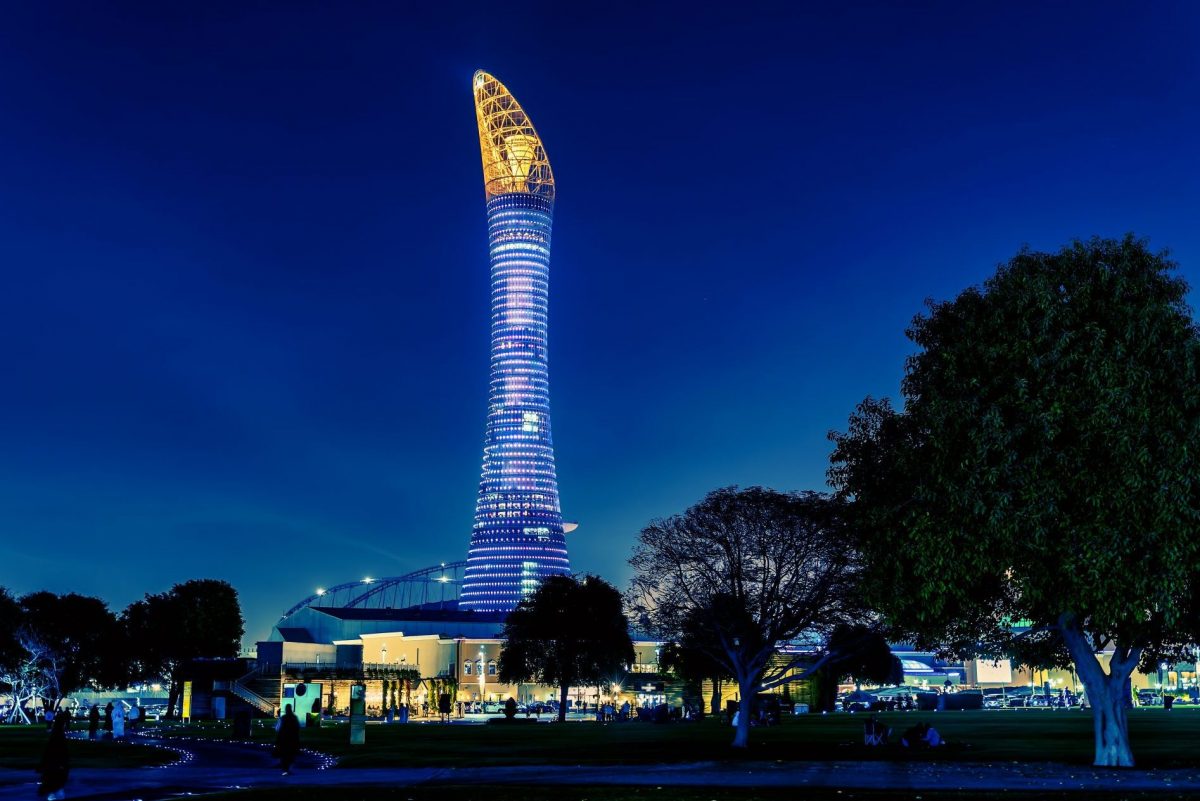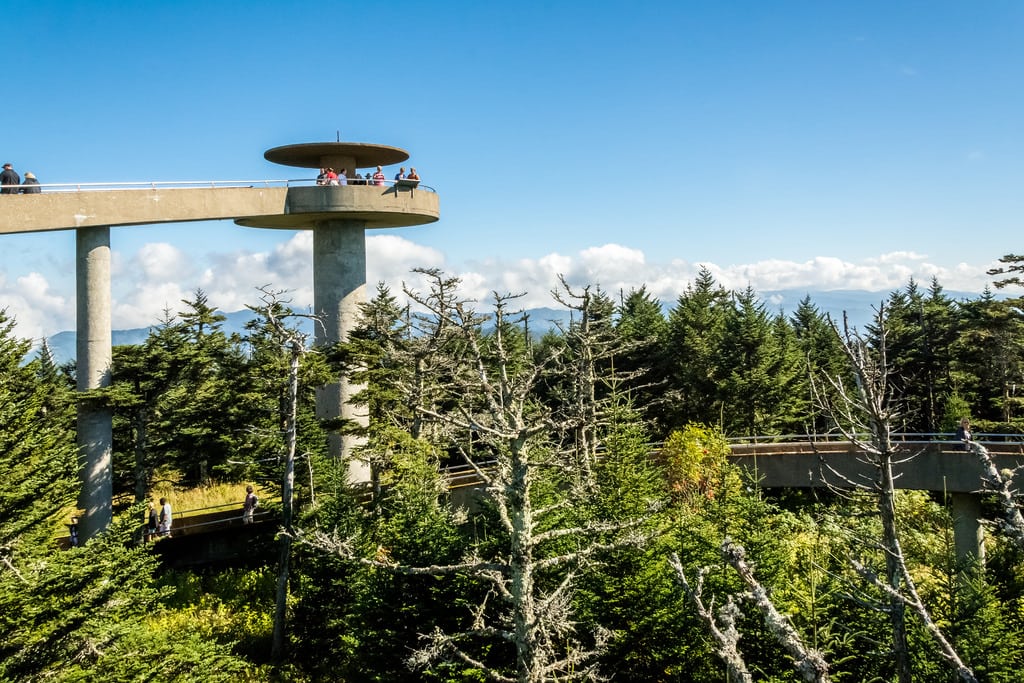Qatar's World Cup Prep and the Quest for a Lasting Tourism Experience

Skift Take

On Experience
Colin Nagy is a marketing strategist and writes on customer-centric experiences and innovation across the luxury sector, hotels, aviation, and beyond. You can read all of his writing here.I last checked in on Qatar's World Cup progress about a year ago. I found Doha to be a city careening towards a very hard deadline, while also working out supply chain kinks with Covid, and some friction with guest experience getting in and out of the country. As I reported at the time, I could squint and see the bigger picture, and the larger strategic building blocks that were being put into place, amidst the construction dust, new hotels, and infrastructure coming online.
I flew in again a few weeks ago, out of sheer curiosity. My final approach into Hamad International revealed a more sophisticated skyline, particularly in the northern part of Doha, in Lusail. I saw more cultural touch points throughout the city like M7, a center for innovation and entrepreneurship in design, fashion and tech. There were more cafes like Kitsune and Toby's Estate Coffee, scattered around the Mandarin Oriental in the Soho-feeling Msherib development. Per the demands of the tournament, there were also new places where people can assemble to watch the matches outside, with music playing and people congregating outside: something I wouldn't have seen five years ago.
I saw the new stadiums, opulent new shopping centers, and also areas that hinted to me the larger ambitions for Qatar post-World Cup, moving the country from the obligatory stopover to a destination. And that is really the larger question. Can Qatar be a longer-term draw once the final football goals are scored this December, especially in an increasingly complex and competitive tourism marketplace that is evolving in the Middle East?
Qatar is, more so than many other tourism stories today, a fascinating mix of vision, ambition, taste, as well as regulatory and cultural challenges. The country has used the games, like many World Cup hosts before it, as a forcing factor to accelerate change. While neighboring countries like Saudi Arabia are using press friendly 3D-rendered images and speculative future developments with catchy names, Qatar seems to be building things rooted more in the now. And they have taken a longer term vision, not just building for the needs of the tournament, but looking farther ahead.
It's useful to have a starting point to reference: The National Museum provides a snapshot of the country's brief history since becoming independent in 1971. Throughout the visual narrative that plays out for tourists, there is a subtext that suggests, "look what we have accomplished in a short time: It's one thing to be a rich country, it's another to go from desert to urbane sophistication in a meaningful way." When you consider that context, the scale of the task seems more immense.
It would be easy to be caught up just in the needs of accommodating the tournament. But based on my observations, there are longer-term pillars being built to have longer term resonance. First, the investment in arts and culture has been meaningful: from museums, threading all the way through to design and retail shops invited to open in the country and support for young designers and innovators. Wellness and medicine is another pillar. Cedars-Sinai has announced the opening of a hospital in Qatar, which will serve as a medical destination. Zulal, a large scale wellness resort opened in partnership with the iconic Chiva Som property in Thailand, located an hour's drive out of Doha, is a five-star resort focused on medical treatments as well as regenerative health.
This intention for longer-term pillars of attraction runs across many other elements of development such as education, and also includes softer, less tangible areas of customer experience.
Berthold Trenkel, chief operating officer of Qatar Tourism, posed the open-ended question to me, "We've built the basics, now the question is how can we now create a tourism experience that is more fantastic?" He alluded to improving the nuances of tourist experience. Trenkel told me of a program to up-level the rideshare driver quality and knowledge, and also the desire to embed tourism information into cars, transport, and other touch points so people know what they can do during their visit.
"We want to invest in these soft elements, using the regulatory levers when we can." He told me that getting Airbnb online in the country happened quickly; it required a two-week regulatory sprint to align with some company mandates, and that there are some things to improve the soft product that can be rapidly expedited. Other things can take much longer.
Part of good strategy means knowing your audience. Trenkel told me that they are being thoughtful in who they are trying to target as they build the long term tourism vision. There are certain people that won't be converts to taking their holiday in the Middle East. Others, like high spend travelers going onward to Africa, are a smart target. "In some markets we will not win. Strategy is about saying no," he said. Family travel was referenced as an increasing market for the country: the Middle East, and particularly Qatar, is child friendly, and more tourism attractions are catering to this. He gestured over his shoulder to a roller coaster attraction that didn't exist a year prior.
Part of the longer term sell is also making the country good for foreigners to move to: from migrant workers to executives, and establishing a place where people want to put down roots. As I informally canvassed diplomats, employers, and various members of the hospitality trade, they said that progress has been made in the past 10 years in terms of minimum wage, housing standards, environmental standards regarding outside work in the heat, for the lower class workers. But there is a longer way to go in terms of true, lasting labor reform, and creating more of a magnet where people can come work and feel they have mobility, freedom, and true support to set down roots. Rights need to extend down the line, from professionalism, to the young worker coming to work and send money home to their family. This will take time, but is necessary.
The World Cup will also be a pressure test for handling cultural tensions between the West and a more conservative Islamic society, something that transcends just the tournament experience. Much thought has been put into how this will come together, but will only be visible when the tourists stream in.
Trenkel shared with me the approach to so-called "fan zones," allowing people to congregate outside and watch matches. There will be areas for food, selected areas where alcohol will be served, and a convivial environment. He also pointed to the strong demand from regional visitors for "dry" experiences, as guests from Saudi, Bahrain, Kuwait and other places are going to want to enjoy the matches without alcohol. And owing to the infrastructure investments, fans will be able to take in a few matches in a day if they want, owing to the spacing of match times in the early phases. The stadiums are not oversized like Barcelona's storied Nou Camp, but rather clocking in at 40,000 visitors, allowing a better viewing experience of the action on the pitch.
As this column covers experience, there were also open questions in my last column about friction and entry into the country. I had an awkward time getting in and out of the country, downloading apps, needing local numbers, and having to go to a hospital to get an exit PCR. This appears to be fixed. As of October 26, PCR test requirements were dropped to enter the country. The required contract tracing Ehteraz app, previously required to cross the border and also enter public places, has also been dropped. Ticket holders need to now have a Hayya card, which is required to both enter the stadiums and get into the country. It's essentially a fan ID that gives access to metro and bus transportation services, and also supplants the need for visas for international visitors.
In my eyes, it is progress to have a Middle Eastern country host the World Cup. The investment, infrastructure and ambition have moved the country forward significantly since I first visited, and in a more thoughtful way than some of the quickly morphing regional neighbors. For some of Qatar's much publicized faults and mistakes, there has been a strong strategy, and also cultural taste that has run across the development of hotels, of museums, and of the arts and culture initiatives.
What they have done has not just solved for hosting the World Cup, but it has started a longer-term journey that will involve all aspects of society: labor, development, and culture. If the same ambition carries through, the country's tourism will look much different in five years. And if they take the feedback to heart and catalyze more change, sustainably, it will be a regional, and perhaps global, success.





